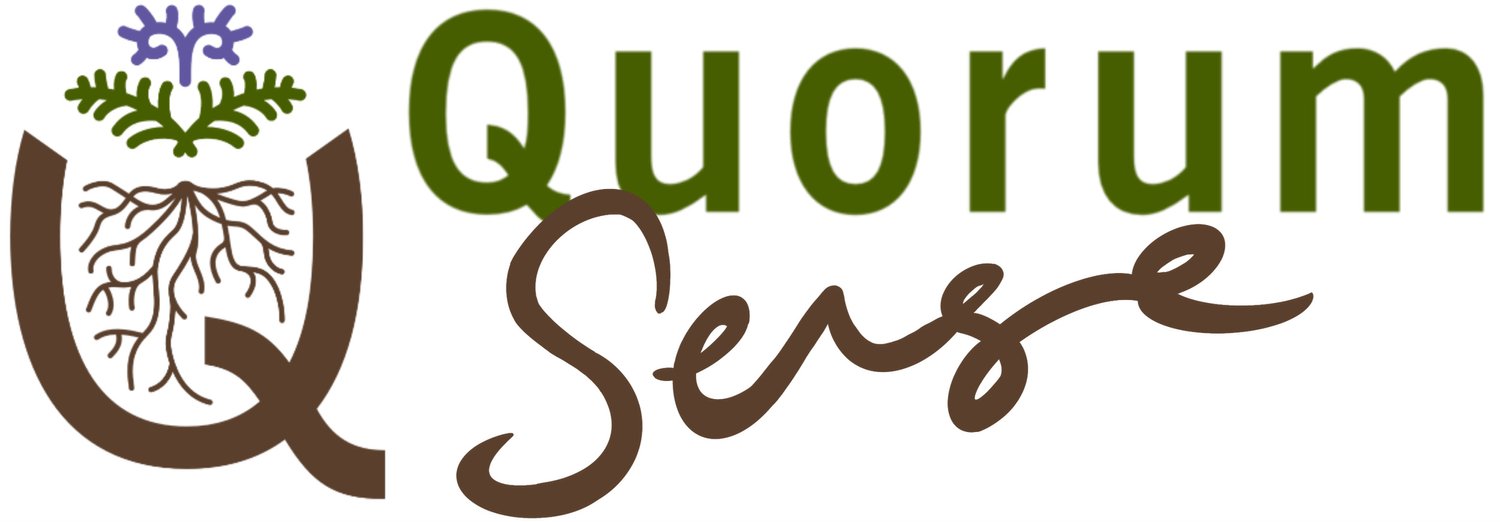Diagnose your infiltration or retention opportunity
Installing a ‘runoff catcher’ to collect surface runoff in a farm in North Canterbury. Runoff is collected in a large drum and recorded against rainfall to calculate how much rain was infiltrated vs lost as runoff.
How fast do your soils infiltrate rainfall?
Are you losing valuable rain to surface runoff?
What opportunities are there to reduce evapotranspiration?
How often is soil moisture your biggest limiting factor for growth?
These can be valuable questions to ask if you are seeking to improve the productivity and/or resilience of your farm.
This page contains some useful steps for getting started.
Starting with soil health
The three basic components of soil health are;
Good physical structure: This means the soil is well aggregated with adequate pore spaces to support the movement of air and water.
Diverse and active biology: Soil microbes are responsible for maintaining and enhancing soil aggregation and porosity.
Adequate and balanced nutrients / minerals: Deficiencies or excesses of certain nutrients/minerals can negatively impact soil biology and soil structure (i.e. high Mg causing ‘tight’ soils)
The same soils 20m apart under different management with clear differences in structure, rainfall infiltration capacity and soil biology.
A spade is all you need to start observing the structural and biological health of your soils.
Identify representative paddocks across your farm, or pick your best and worst, and compare what is different between them and consider how this might be affecting what you are observing in pasture growth and animal performance. The Visual Soil Assessment is a nice process to record and compare results.
You can back this up with infiltration rings, penetrometers, lab tests etc. More details on these some simple tools and techniques on the ‘Assessing your soil health’ page, including how to measure your infiltration rates.
Other limiting factors
The other key factor that affects infiltration and soil moisture retention is above ground biomass - pastures, crops, trees and shrubs.
Newly planted silvopasture row designed to reduce wind and increase summer shade for the benefit of soils, pasture and livestock. The long pasture covers also help reduce soil moisture evaporation by reducing wind speeds across the soil surface.
In general, a diversity of dense green pasture species will support healthy soil surface conditions and also feed the soil microbes responsible for maintaining and enhancing soil structure. This is especially true if livestock pugging/compaction is minimised and bare soil is avoided by maintaining plant litter on the soil surface and/or adequate residuals.
An easy place to start is by observing how much bare ground you have in your pastures.
There are a number of other factors you can assess - you’ll find these in ‘Identifying your limiting factors’ which includes a simple framework for recording your findings.
Once you have identified what is limiting your infiltration rates and/or soil moisture retention (i.e. compaction or bare ground), you can look to possible solutions that fit your farm context.
See the next page on how to ‘Improve your rainfall infiltration and retention’.
(Note: Click on any underlined in blue word(s) in the text below to open a definition of that term).
Disclaimer: The information, opinions and ideas presented in this content is for information purposes only and does not constitute professional advice. Any reliance on the content provided is done at your own risk. (click here to view full disclaimer).
Toolbox index
-
Getting started with a regenerative approach to farming
-
Knowing where to start
-
About regenerative agriculture
-
-
Getting to know soil health
-
Soil health
-
Biological nutrient cycling
-
-
Managing your water cycle
-
Farmer experience
-
Exploring diverse crops / pastures
-
What are diverse crops or pastures (and how do I use them?)
-
Selecting, establishing and managing diverse crops and pastures
-
Farmer experience
-
-
Regenerative grazing management

